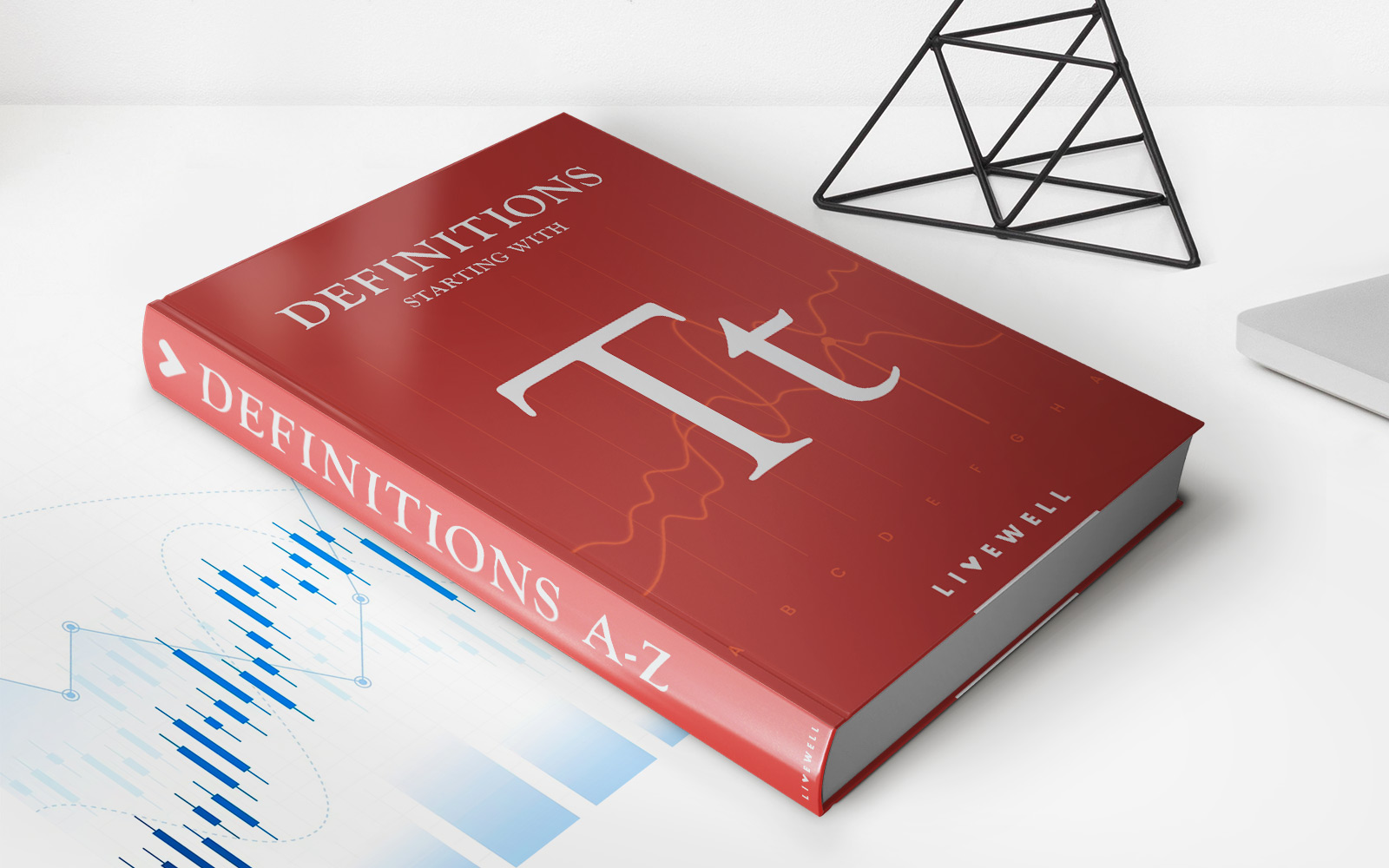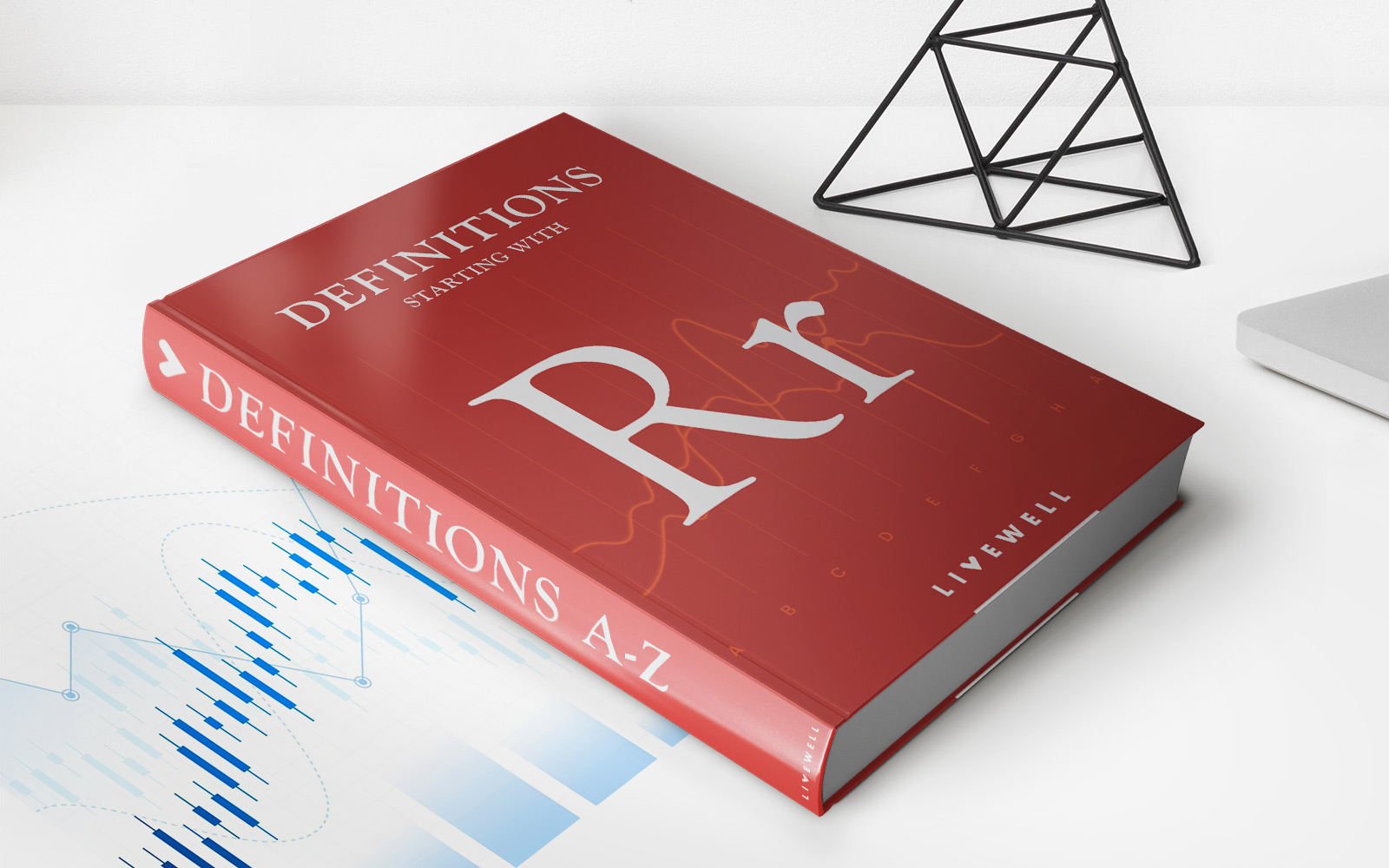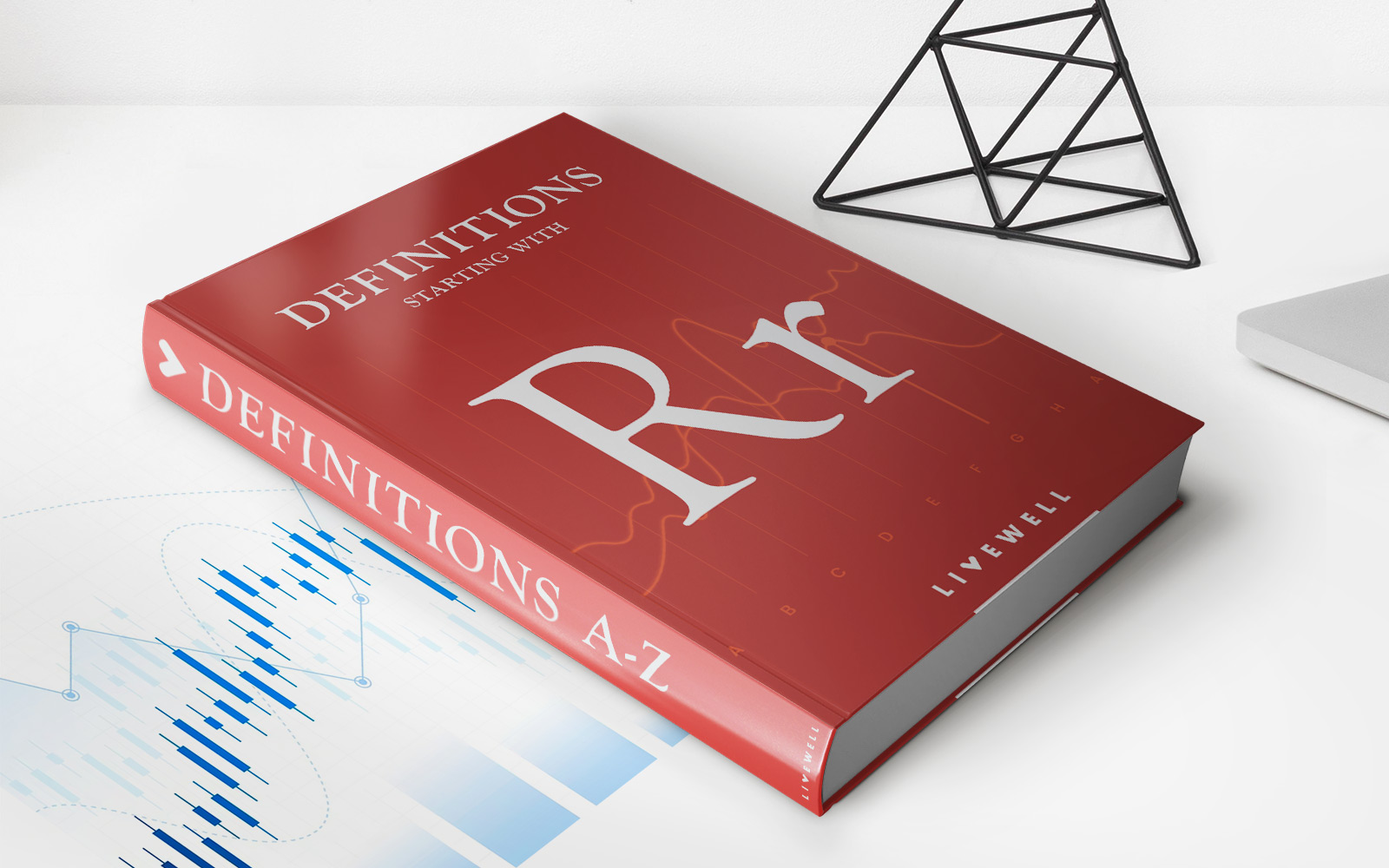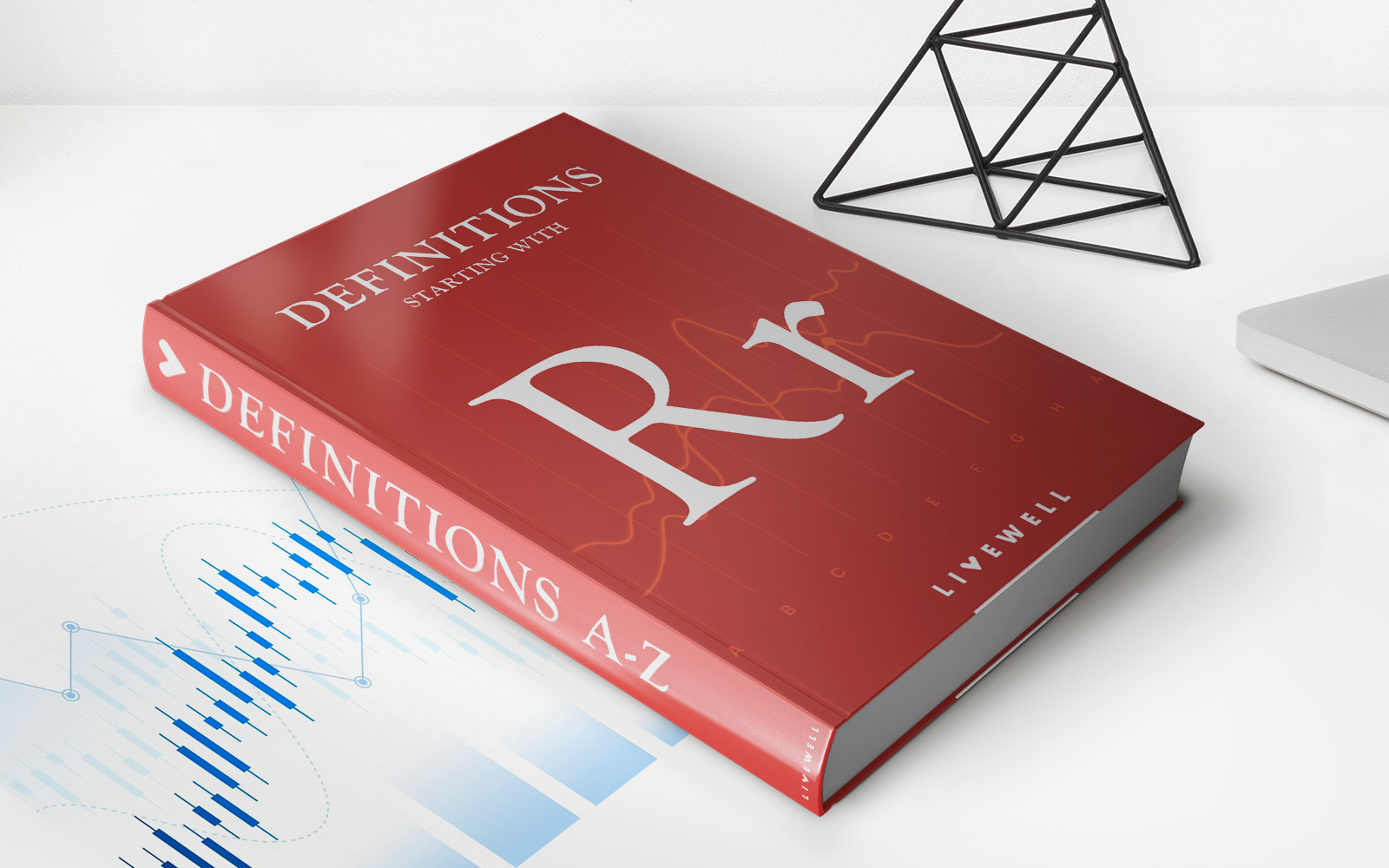Home>Finance>Nonrenewable Resource: Definition, Features, And Examples


Finance
Nonrenewable Resource: Definition, Features, And Examples
Published: January 1, 2024
Learn the definition and features of nonrenewable resources in finance. Explore examples of nonrenewable resources and their impact on the economy.
(Many of the links in this article redirect to a specific reviewed product. Your purchase of these products through affiliate links helps to generate commission for LiveWell, at no extra cost. Learn more)
Nonrenewable Resource: Definition, Features, and Examples
Welcome to the world of finance! In today’s blog post, we will delve into the fascinating realm of nonrenewable resources. What are they? How do they differ from renewable resources? And what are some examples? These are the intriguing questions we will answer today, so let’s dive in!
Key Takeaways:
- Nonrenewable resources are natural resources that cannot be replenished within a reasonable time frame.
- Unlike renewable resources, nonrenewable resources are finite and, once depleted, cannot be easily replaced.
Definition of Nonrenewable Resource
A nonrenewable resource, also known as a finite resource, is a natural resource that cannot be replenished or replaced within a reasonable time frame. These resources have a limited supply on Earth and take millions of years to form through geological processes.
Nonrenewable resources are typically found in the Earth’s crust, such as fossil fuels (coal, oil, and natural gas) and minerals (like copper, gold, and iron ore). Unlike renewable resources, which can be naturally replenished over time, nonrenewable resources are finite and will eventually be depleted.
Features of Nonrenewable Resources
Nonrenewable resources possess distinct features that set them apart from their renewable counterparts. Here are some notable characteristics:
- Finiteness: Nonrenewable resources have a limited quantity available on Earth. Once extracted and consumed, they cannot be easily replaced.
- Long Formation Process: These resources take millions of years to form naturally, making them scarce in comparison to renewable resources.
- Energy Density: Many nonrenewable resources, such as fossil fuels, contain a high concentration of energy, making them valuable for various purposes.
- Environmental Impact: The extraction and consumption of nonrenewable resources often come with environmental consequences, such as air and water pollution, deforestation, and habitat destruction.
Examples of Nonrenewable Resources
Now that we understand the definition and features of nonrenewable resources, let’s explore some common examples:
- Coal: One of the largest sources of energy worldwide, coal is a black combustible rock formed from the remains of plants and trees over millions of years.
- Oil: Also known as petroleum, oil is a liquid fossil fuel found beneath the Earth’s surface. It is widely used for transportation, heating, and electricity generation.
- Natural Gas: Natural gas, composed mainly of methane, is another fossil fuel commonly used for heating, cooking, and electricity production.
- Uranium: Though not a conventional fossil fuel, uranium is a nonrenewable resource used in nuclear power plants to generate electricity.
- Gold: A precious metal, gold is a valuable nonrenewable resource used in various industries, including jewelry, electronics, and dentistry.
These examples represent just a fraction of the nonrenewable resources that play a vital role in our daily lives.
In Conclusion
Nonrenewable resources are an essential component of our modern society. They fuel our energy needs, provide raw materials for manufacturing, and contribute to economic growth. However, it is crucial to recognize their finite nature and the environmental impact associated with their extraction and consumption. As we continue to seek sustainable solutions, understanding nonrenewable resources will help us make informed decisions about their usage and explore alternative, renewable sources of energy and materials.
We hope this blog post has provided valuable insights into the world of nonrenewable resources. Remember to check out our other finance topics for more informative content.














